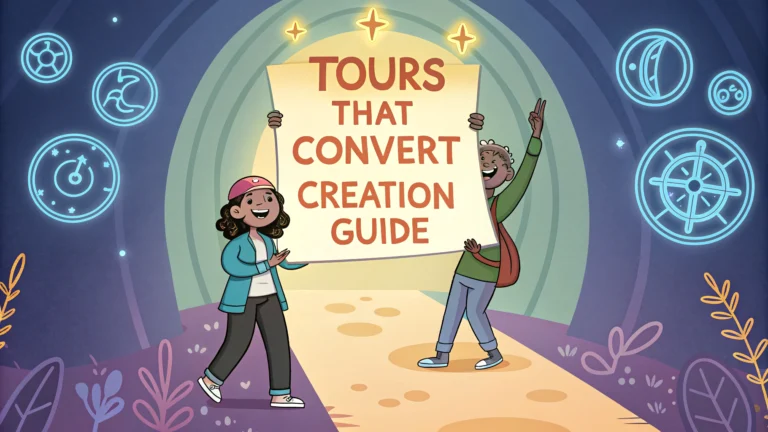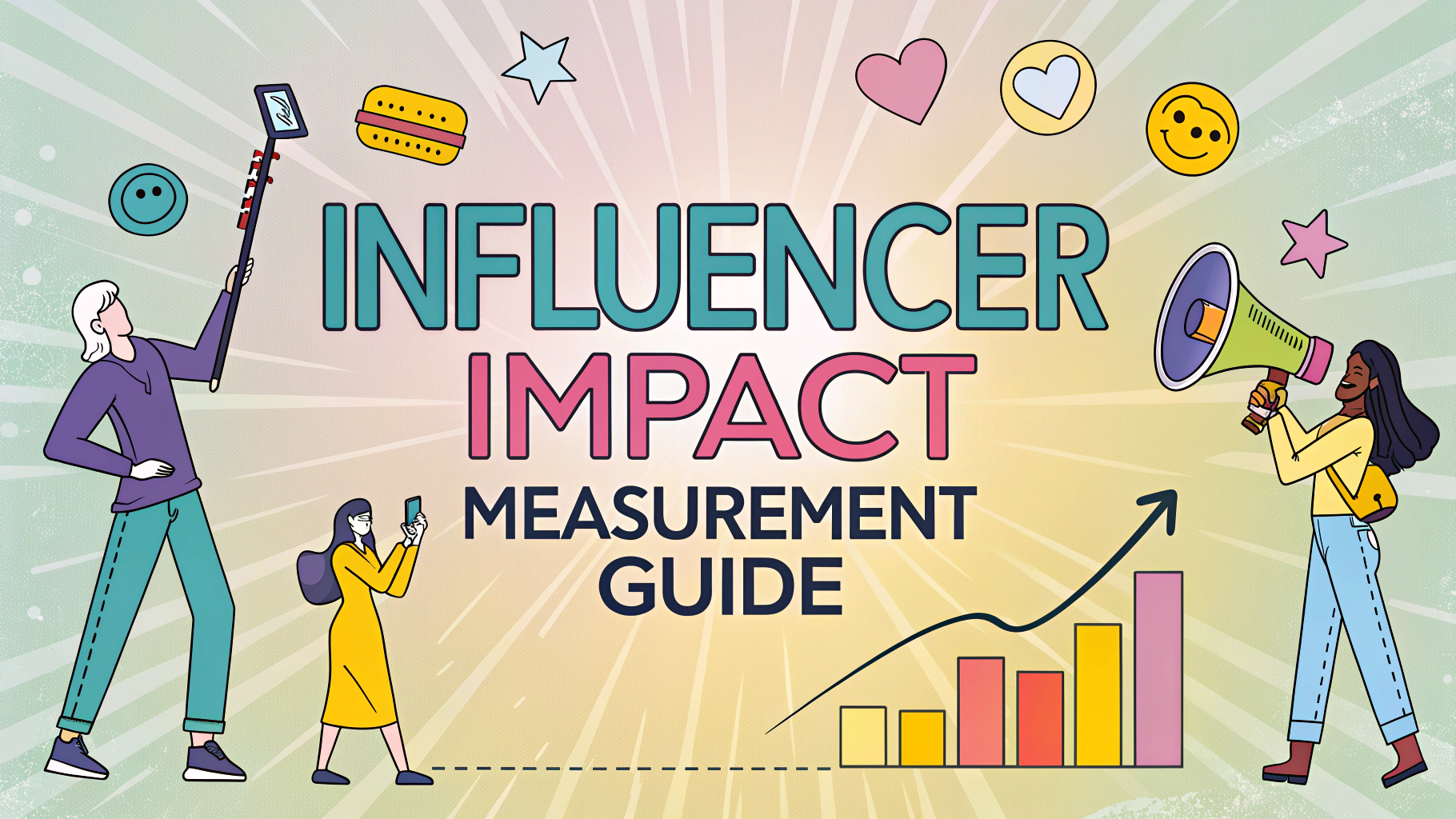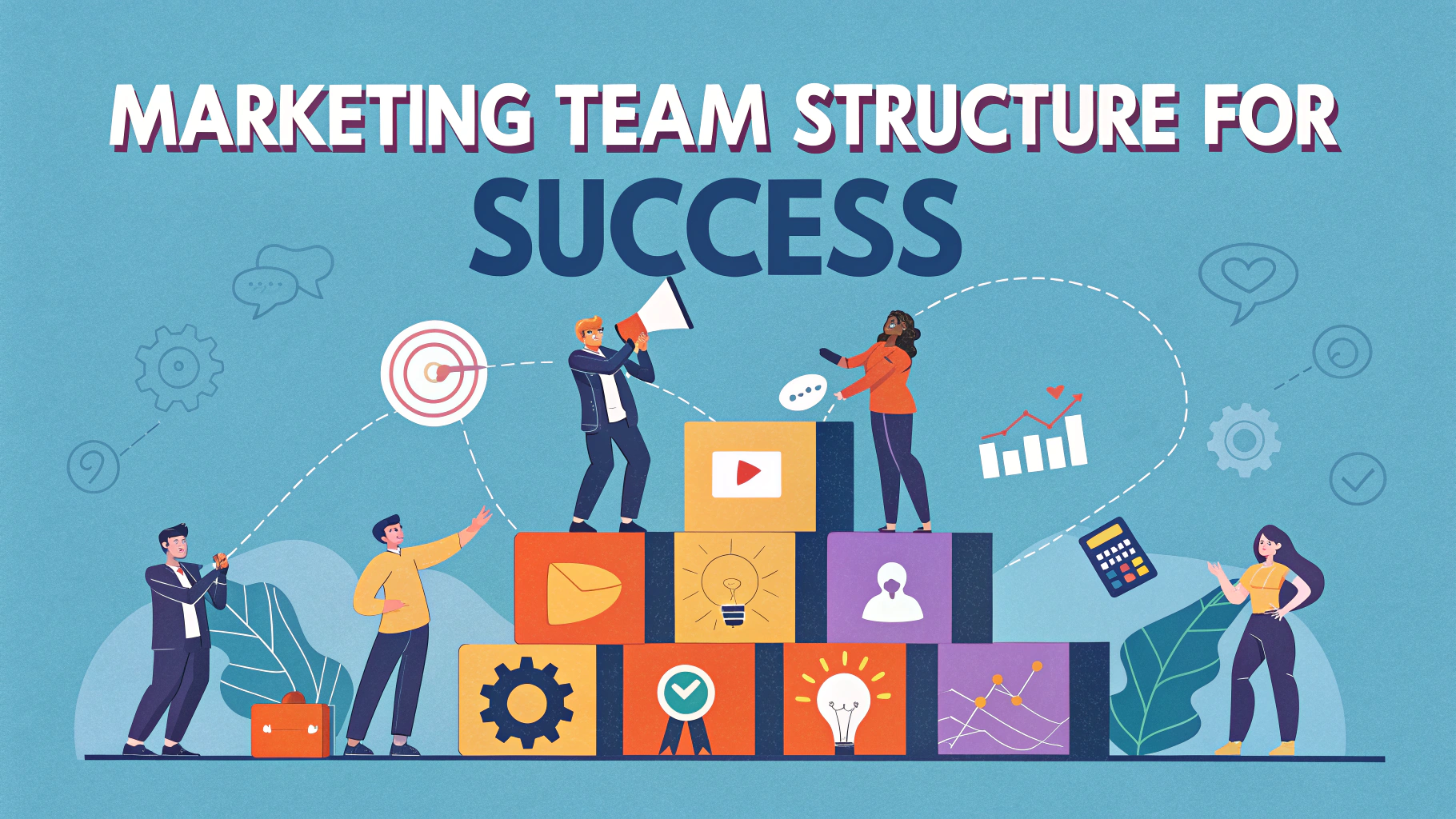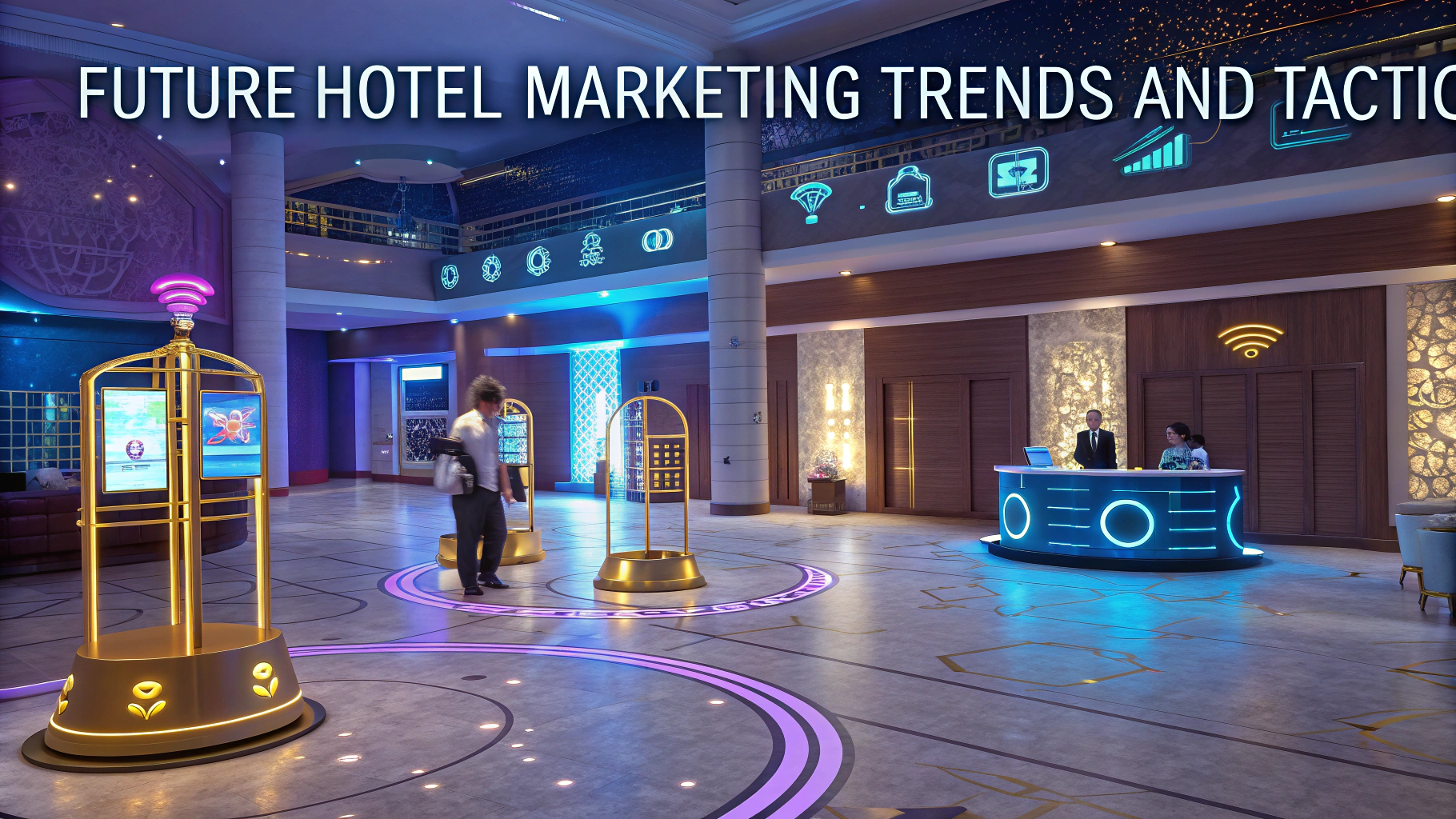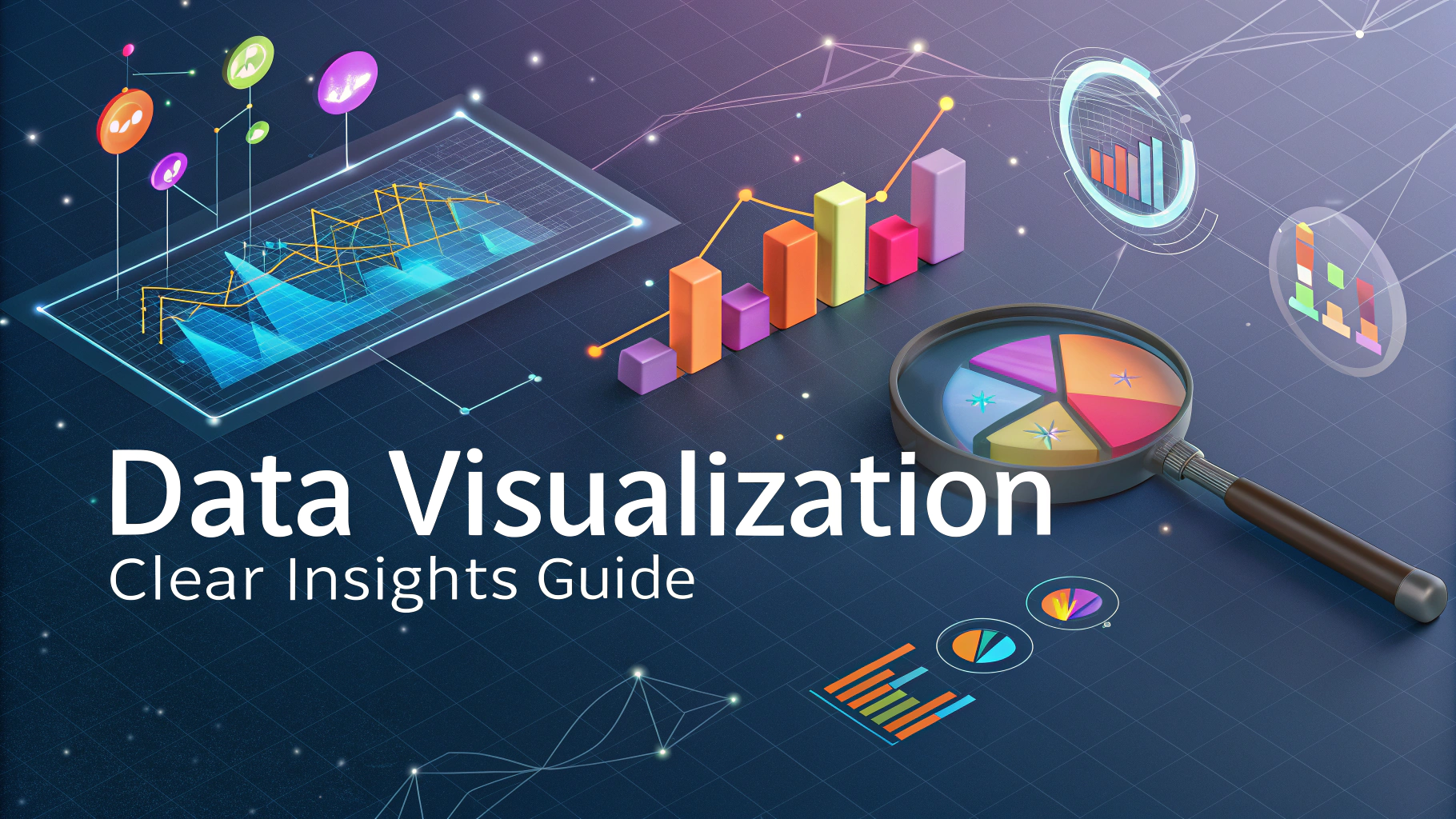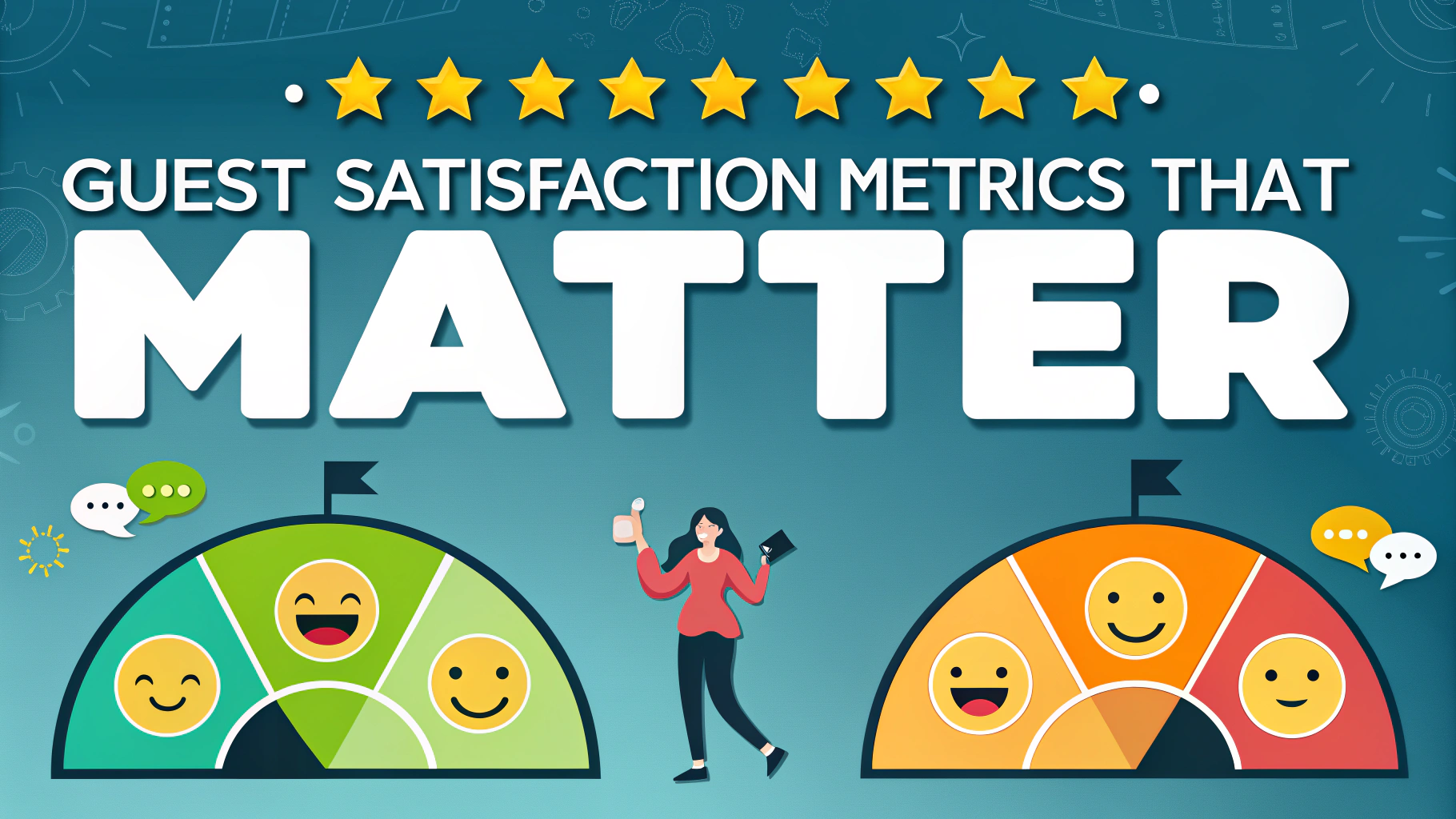360° virtual tours have revolutionized how hotels showcase their properties to potential guests, driving higher booking rates and customer engagement.
A well-crafted virtual tour allows travelers to explore hotel rooms, amenities, and facilities from any device, helping them make informed booking decisions with confidence.
This guide breaks down the essential steps to create professional 360° tours that convert casual browsers into confirmed bookings.
Equipment Requirements
A professional 360° camera like the Ricoh Theta Z1 or Insta360 ONE X2 delivers the high image quality needed for impressive virtual tours.
- 360° camera ($300-$1000)
- Sturdy tripod with level
- Remote shutter control
- Wide-angle lens (optional)
- Lighting kit for dark spaces
Planning Your Virtual Tour
Map out key areas that showcase your property’s unique selling points:
- Room types and suites
- Lobby and reception
- Restaurants and bars
- Pool and spa facilities
- Meeting rooms
- Outdoor areas and views
Shooting Best Practices
- Schedule shoots during off-peak hours
- Position camera at eye level (5’6″ to 5’8″)
- Maintain consistent lighting throughout
- Keep staff and guests out of frame
- Take multiple shots of each location
Post-Processing Tips
Use specialized 360° editing software like 3DVista or Matterport to stitch and enhance your images.
- Color correction for consistency
- Remove tripod from bottom view
- Add hotspots for interactive elements
- Optimize file sizes for web viewing
Interactive Elements
Enhance user engagement with clickable features:
- Room rate displays
- Booking buttons
- Amenity information popups
- Directional arrows
- Floor plan integration
Website Integration
Embed your virtual tour strategically on your website:
- Homepage feature section
- Dedicated virtual tour page
- Individual room type pages
- Booking engine integration
Measuring Success
Track these key metrics to evaluate tour effectiveness:
- Time spent on tour
- Conversion rate from tour viewers
- Booking value from tour users
- Popular viewing areas
- Device usage statistics
Taking Your Virtual Tours Forward
Update your virtual tours seasonally to showcase different events, decorations, and amenities throughout the year.
Consider partnering with a professional virtual tour company like Matterport or TrueTour for ongoing support and updates.
Regular analytics reviews will help refine your virtual tour strategy and maximize booking conversions.
Marketing Your Virtual Tour
- Social media promotion
- Email marketing campaigns
- OTA platform integration
- Travel agent resources
- SEO optimization
Mobile Optimization
Ensure seamless viewing across all devices:
- Responsive design implementation
- Touch-friendly navigation
- Fast loading speeds
- Compressed file sizes
- Cross-browser compatibility
Quality Assurance
Regular maintenance ensures optimal tour performance:
- Monthly functionality checks
- Broken link monitoring
- User feedback collection
- Loading speed tests
- Analytics review
Leveraging Guest Feedback
- Survey tour users
- Track common navigation patterns
- Implement suggested improvements
- Monitor competitor offerings
- Update based on booking trends
Maximizing ROI Through Virtual Excellence
360° virtual tours represent a significant investment in your hotel’s digital presence. Success comes from continuous refinement, regular updates, and attention to user experience. Keep your virtual tour fresh, engaging, and aligned with your property’s evolving offerings to maintain a competitive edge in the digital hospitality landscape.
- Regular content updates
- Performance monitoring
- Technology upgrades
- Staff training
- Guest experience optimization
FAQs
- What equipment do I need to create a 360° virtual tour for my hotel?
You’ll need a 360° camera (like Ricoh Theta, Insta360, or Matterport), a sturdy tripod, lighting equipment if shooting indoors, and a computer with virtual tour software for post-processing. - How long does it take to shoot a complete hotel virtual tour?
A standard hotel virtual tour typically takes 3-6 hours to shoot, depending on the property size. A 100-room hotel usually requires 4-5 hours, while smaller properties might take 2-3 hours. - What areas of the hotel should be included in a 360° tour?
Include lobby, guest rooms, restaurants, spa facilities, meeting rooms, ballrooms, pool area, fitness center, and any unique amenities. Showcase at least one room from each category. - How can I ensure the best image quality in my 360° hotel tour?
Maintain consistent lighting, shoot during optimal daylight hours, use HDR settings, keep the camera perfectly level, and ensure proper positioning at the optical center of each space. - What’s the ideal height to mount the camera for hotel virtual tours?
Position the camera at average eye level, typically 5’6″ to 5’8″ (1.67-1.73m) from the floor. This provides the most natural viewing perspective for potential guests. - How do I integrate the virtual tour into my hotel’s website?
Most virtual tour platforms provide an embed code or iframe that can be added to your website. Ensure it’s mobile-responsive and optimized for various devices. - What’s the average conversion rate improvement after implementing a 360° tour?
Hotels typically see a 15-40% increase in booking conversion rates after implementing quality virtual tours, with viewers spending 5-10 times longer on websites featuring virtual tours. - How often should hotel virtual tours be updated?
Update virtual tours after significant renovations, seasonal changes, or at least every 2-3 years to maintain accuracy and quality. Update individual areas as they’re renovated. - What file format and size is best for hotel virtual tours?
Use optimized formats like .jpeg for individual frames and HTML5 for the tour interface. Keep individual panoramas under 2MB for optimal loading speed while maintaining quality. - Can I add interactive elements to my hotel’s virtual tour?
Yes, you can include hotspots for room information, booking buttons, restaurant menus, special offers, and direct links to reservation systems.
